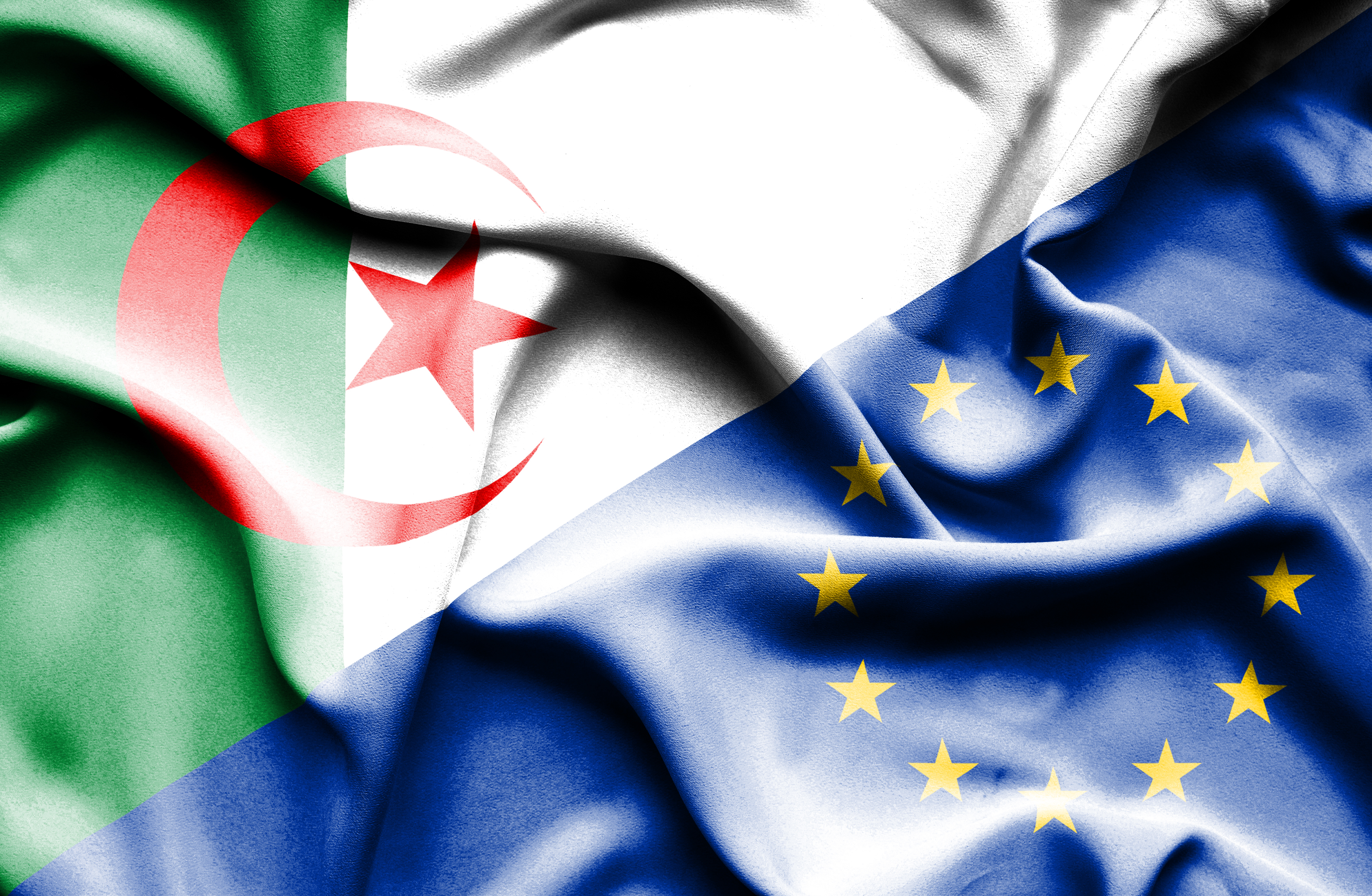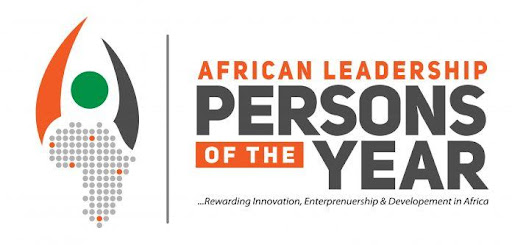By Blossom Charity Ukoha
The 44th president of the United States, Barack Hussein Obama, once said: “Development is helping nations to actually develop – moving from poverty to prosperity.”
The developmental partnership between the United States and Zambia commenced in the 1950s when several Zambian students received scholarships to study in the U.S.
Founded by President John. F. Kennedy on the 3rd of November 1961, the United States Agency for International Development (USAID) tirelessly worked and led international development and humanitarian efforts to save lives, reduce poverty, strengthen democratic governance and help people progress beyond assistance.
Zambia is one of the African countries that have immensely benefitted from USAID. With a staff of over 100 professionals managing investments of over $300 million annually, USAID has committedly worked with Zambia on its specific development journey.
During its independence in 1964, Zambia was considered the second wealthiest nation in sub-Saharan Africa. Still, the solid post-independence economy declined due to the global reduction in copper prices by the late 1970s.
The United States impacted Zambia by formally creating the USAID mission, and to date, it has played a potential role in collaborative development. These include;
• Raising the quality of basic education.
• Reducing climate change and protecting the environment
• Improving the health of Zambians
• Increasing agriculture-led economic growth to reduce rural poverty and food insecurity and
• Enhancing democratic governance.
In further explanation of how USAID has impacted the development of Zambia, African Leadership Magazine outlines below;
Educational Impact
Specifically, reading is the single most critical foundational skill that determines all future learning. Yet, despite incremental gains in learning achievement, the Zambian education assessments showed that approximately only 10 per cent of children could read.
Looking at this, USAID has partnered with the Zambian government to integrate sustainable improvements that strengthen the education system by delivering quality primary education. The Education programs support national-level reforms related to implementing the primary literacy curriculum, developing teaching and learning materials for pre-primary school through Grade 3, pre-service teacher education, and national literacy assessments. Education programs have also supported focused efforts to strengthen literacy instruction and learner outcomes for pre-primary through Grade 3 and remedial instruction up to Grade 5. Learning achievement among targeted beneficiaries serves as the ultimate measure of system performance.
Zambia has made significant gains in increasing access to education, but the education system continues to be plagued by inadequate resources, poor education quality and low progression rates. A well-educated population in both the private sector (to stimulate economic growth) and the public sector (to provide adequate services) is essential to reduce poverty and eliminate the need for donor assistance.
In collaboration with the Government of the Republic of Zambia and other implementing and cooperating partners, USAID education programs aim to increase learners’ performance in the early grades and target foundational literacy skills. USAID programs also strengthen the capacity of teachers and school administrators to deliver education services better and provide improved teaching and learning materials. It has also
• Strengthening Children’s Ability to Read
• Expanding Learning Opportunities
• Measuring Academic Achievement
Economical and Food Security Impact
In line with the U.S. Government’s Feed the Future Initiative, the USAID program relentlessly worked to improve agricultural production and markets, develop new opportunities for security and prosperity; strengthen the resilience of communities to shocks that can lead to famine and political unrest; and, reduce hunger and improve nutrition, especially among mothers and children.
The USAID projects also utilized a market-driven approach to attract investment and build local capacity within the agribusiness sector, focusing on improving the business enabling environment through policy improvements, and strengthening rural agricultural enterprises to increase jobs, incomes and profits through a holistic value chain approach and have also
• Improved Nutrition for Children
• Enabled Businesses to Grow and Thrive
• Expanded Markets and Trade
• Empowered Communities’ Prosperity
• Improved Natural Resource Management
• Improved Access to Water and Sanitation
The USAID Improved and Strengthened the Zambia Health System
In the note that no country can be self-reliant without a healthy population, USAID has worked closely with the Government of the Republic of Zambia (GRZ) to strengthen the health system at national, provincial, district, and community levels.
USAID has improved health outcomes and has also met the critical needs of vulnerable populations, which includes rural women, children and key people these programs have improved the morbidity and mortality rates across the population, strengthening Zambia’s health system through the U.S. President’s Emergency Plan for AIDS Relief, the U.S.
President’s Malaria Initiative and other health-related programming.
In cooperation with Zambia’s Ministry of Health and other partners, the USAID has upgraded the healthcare quality and access to care, changed attitudes and behaviours, and provided critical medicines and commodities, specifically in maternal and child health, nutrition, family planning and the prevention and treatment of diseases such as malaria, tuberculosis and HIV/AIDS.
With an adult HIV prevalence rate of 11 per cent, Zambia has received significant support from USAID under the U.S. President’s Emergency Plan for AIDS Relief (PEPFAR).
These PEPFAR investments focus on scaling up and sustaining integrated HIV prevention, care, and treatment programs. In addition to the HIV response, USAID’s programs help prevent and treat other diseases, including malaria, tuberculosis, cervical cancer and COVID-19. Additional health-related investments and initiatives also focus on increasing access to family planning, improving maternal and child health and nutrition and preventing and responding to gender-based violence.
USAID ensures sufficient availability of essential medicines and supplies and also supports the procurement and distribution of commodities, such as condoms, HIV treatment, tuberculosis preventive therapy and treatment, and laboratory reagents to health facilities across Zambia.
USAID has also supported HIV/AIDS Prevention, Treatment, and Care.
Zambia now has over 1.1 million people on lifesaving antiretroviral treatment. It has achieved a significant milestone in HIV epidemic control, having reached the UNAIDS 90-90-90 target – 90 per cent of people living with HIV (PLHIV), know their status, 90 per cent of people who know their status are accessing treatment, and 90 per cent of people on treatment have suppressed viral loads. Additional focus is placed on preventing new HIV infections through high-impact, evidence-based programs. Within the general population, the incidence has fallen sharply in the last decade; and the infection rate for children born to HIV-infected mothers has dropped to less than 5 per cent.
The USAID also has;
• Supported Healthy Mothers and Children
• Increased Access to Voluntary Family Planning
• Strengthened Health Systems
• Increased Access to Health Products and Services
• Combated Malaria
• Enhanced Nutrition
• Supported Tuberculosis (TB) Control
• Combated Gender-Based Violence (GBV)
USAID Reduced Climate Change and Assisted in Protecting the Environment
With over 40 per cent of Southern Africa’s fresh water, an abundance of surplus arable land, and approximately 50 million hectares of intact forest, Zambia possesses a vital source of ecosystem services and a valuable resource base for the country and the region. Unfortunately, continued economic hardships and growing income inequality force rural communities to degrade their natural resources to survive.
However, USAID recognized this challenging situation in Zambia communities and it has worked on providing sustainable, alternative livelihoods, creating jobs and reducing demand for illicit goods, such as charcoal and bushmeat. USAID has also built a local capacity to manage their resources, protect those assets and place communities from managing the forests and wildlife they are so intimately tied to.
USAID Assisted in Democracy, Human Rights, and Governance of Zambia
The political settlement in Zambia is increasingly vulnerable, limiting political and economic power to elites and reflecting underlying societal, economic, and political discord, further interrupted by a high public debt burden. Yet, within these gaps are essential opportunities for previously unlikely democratic governance and fiscal reforms.
The USAID, in partnership with the government and people of Zambia, has been able to build and sustain a democratic, well-governed, and accountable state that can respond to the needs of its growing population and achieve economic development while protecting the fundamental rights and freedoms of all citizens.
USAID has also supported Zambia’s democratic traditions, and social and political stability by strengthening citizen participation and sub-national governance structures; advancing the respect for human rights; promoting free and fair elections; and improving accountability, efficiency, and transparency in public financial and domestic revenue generation systems.
USAID and Zambia DRG assistance also focused on the following:
• Strengthened citizen engagement in a national development choice
• Increased democratic space for free speech and association
• Effective use of public resources
• Increased transparency and credibility of elections
The USAID/Zambia’s 2019–2024 Country Development Cooperation Strategy has disclosed that it aims to intensely advance Zambia’s journey to self-reliance and progress toward the ultimate objective of ending the need for development assistance.
Under this strategy, USAID will partner with the Zambian government, civil society and private sector to advance the country’s self-reliance through more effective development choices and governance, enterprise-driven economic growth, and increased resilience among its vulnerable citizens.
As the world’s premier international development agency and actor driving development results, USAID has invested immensely in Zambia’s overall prosperity, demonstrating American generosity to Africa and promoting a path to recipient self-reliance and resilience.


